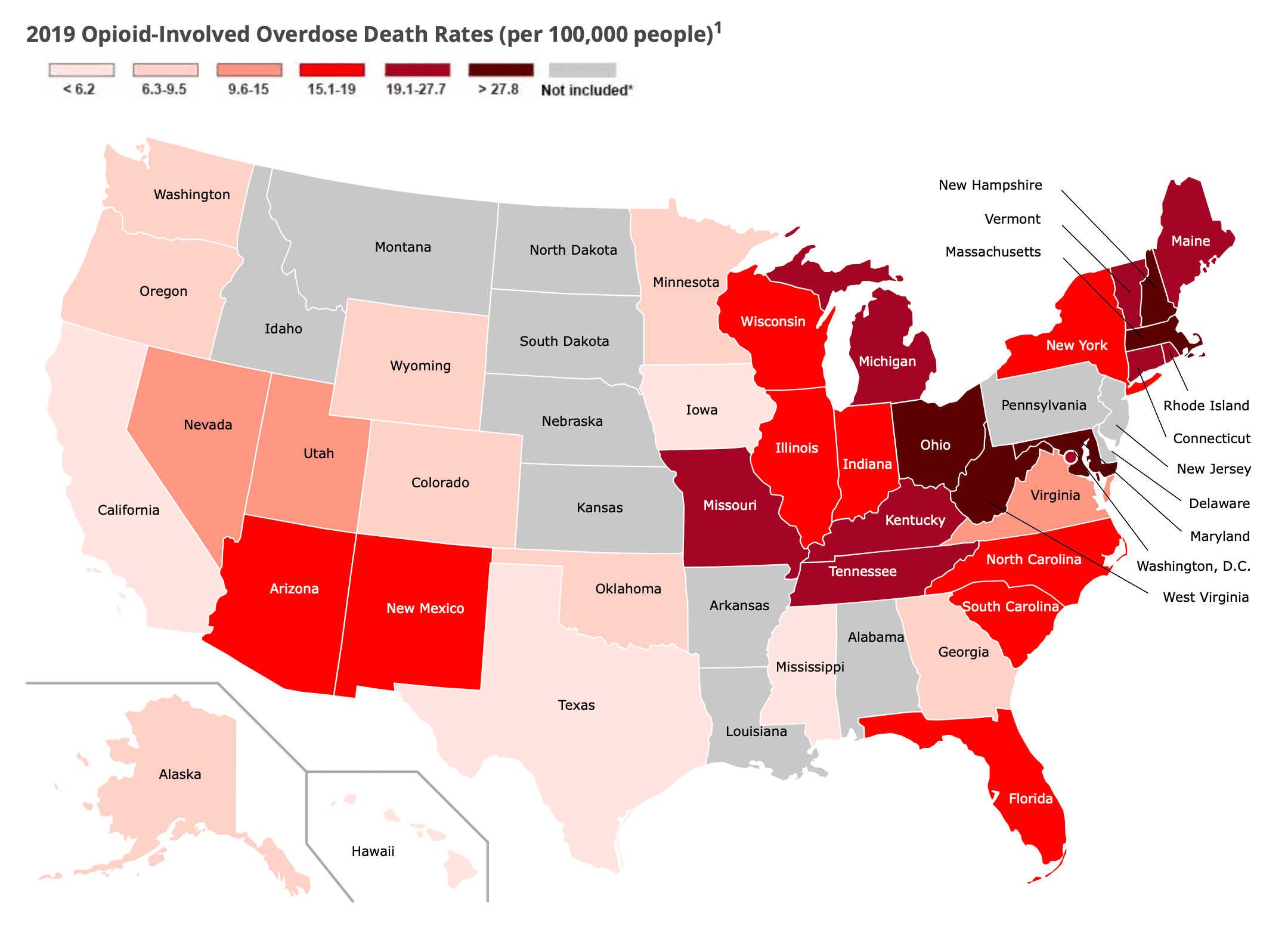Heroin Addiction
Inspire Malibu Heroin Addiction Treatment Center
Heroin addiction has become an epidemic in the United States.
We provide heroin addiction treatment in Los Angeles at our facilities in Agoura Hills and Malibu, California and serve the surrounding areas, including Calabasas, Westlake Village, Thousand Oaks, Woodland Hills, Sherman Oaks, Studio City, Tarzana, Encino, Oxnard, Ventura, and Santa Barbara.
Smack, skag, H, junk, white nurse, black pearl, brown crystal… all of these street names sound like they could be describing a whole host of different drugs, but they are all slang for the same infamous, highly addictive opioid: Heroin.
The statistics regarding heroin addiction are truly alarming. Consider the following:
Our southern California heroin addiction treatment programs have helped clients from around the country get clean and return to a healthy life.

Addiction to heroin is a medical condition with identifiable behavioral symptoms and patterns of behavior.
We use a unique non-12 step approach that consists of evidence-based treatments such as Cognitive Behavioral Therapy, Motivational Enhancement Therapy, Neurofeedback Therapy (available for an extra fee unless covered by insurance), Medication Assisted Therapy (Buprenorphine, etc.) and more to help our patients kick heroin.
We’re equipped to guide you through the entire recovery process, from medically-supervised detox and inpatient treatment to outpatient relapse prevention.
The Dangers of Heroin Unknown Dosage Strength, Shared Needles, and Impurity
The illegal nature of heroin makes it particularly deadly. There’s no way for a user to know how potent the heroin they’re buying is, which makes it easy to overdose because there is no standardization. And then there’s the risk of infectious diseases such as HIV being spread with shared needles.
Also, the common practice among dealers of stretching out their supply and profit margins by “cutting” heroin with other substances such as sugar, starch, powdered milk, quinine, and strychnine also makes illegal heroin unsafe and potentially life-threatening. Toxic contaminants or additives can and often do clog blood vessels leading to the lungs, liver, kidneys, or brain, causing permanent damage to vital organs.
Chronic heroin users may develop collapsed veins, infection of the heart lining and valves, abscesses, constipation and gastrointestinal cramping, and liver or kidney disease. Pulmonary complications, including various types of pneumonia, may result from the poor health of the user as well as from heroin’s effects on breathing.
The Dangers of Heroin Unknown Dosage Strength, Shared Needles, and Impurity
Injection continues to be the predominant method of use among addicted users seeking treatment of heroin; in many areas, heroin injection is reportedly on the rise, while heroin inhalation is declining. However, certain groups, such as white suburbanites, report smoking or inhaling heroin because they believe these routes of administration are less likely to lead to addiction.
With the shift in heroin abuse patterns comes an even more diverse group of users. In recent years, the availability of higher purity heroin (which is more suitable for inhalation) and the decrease in price reported in many areas has increased the appeal of heroin for new users who are reluctant to inject.
Whatever the delivery method, heroin quickly moves through the body and binds to a person’s opioid receptors located in the brain. Many of these receptors control the brain’s ability to distinguish pain and reward. This can create a false sense of well-being, and is the reason why heroin is so dangerously habit forming.
Regular users of heroin develop a tolerance, which means that more and more heroin is needed to achieve the same intensity of sensation. About 23% of individuals who use heroin become dependent on it, dependence meaning that the body becomes accustomed to the presence of the drug in the body, and if the individual suddenly ceases using the drug, they will likely experience unpleasant or even dangerous withdrawal symptoms.
It’s estimated that 50% to 70% of intravenous heroin users have experienced non-fatal overdoses. Smoking and snorting the drug is just as risky when it comes to overdosing.
No heroin use can be considered safe because, as we previously stated, the drug also affects opioid receptors located in the brain stem. This area of the brain runs processes vital to life, such as blood pressure and breathing, which is why respiratory failure is a common cause in countless fatal heroin overdoses.
Inspire Malibu is one of the leading treatment centers for heroin rehab and detox. By using the most modern methods for heroin detox, clients are gradually, safely and comfortably tapered off heroin.
Inspire Malibu is State Licensed by the Department of Health Care Services
- • Board-certified in Addiction Medicine by the American Board of Addiction Medicine
- • Board-certified in Psychiatry by the American Board of Psychiatry and Neurology
- • Named the Top Addiction Professional of the Year 2011 by Who’s Who in America
- • Patients Choice Physician Award Recipient in 2011
- • First physician in California to be licensed to use Suboxone for addiction treatment.
